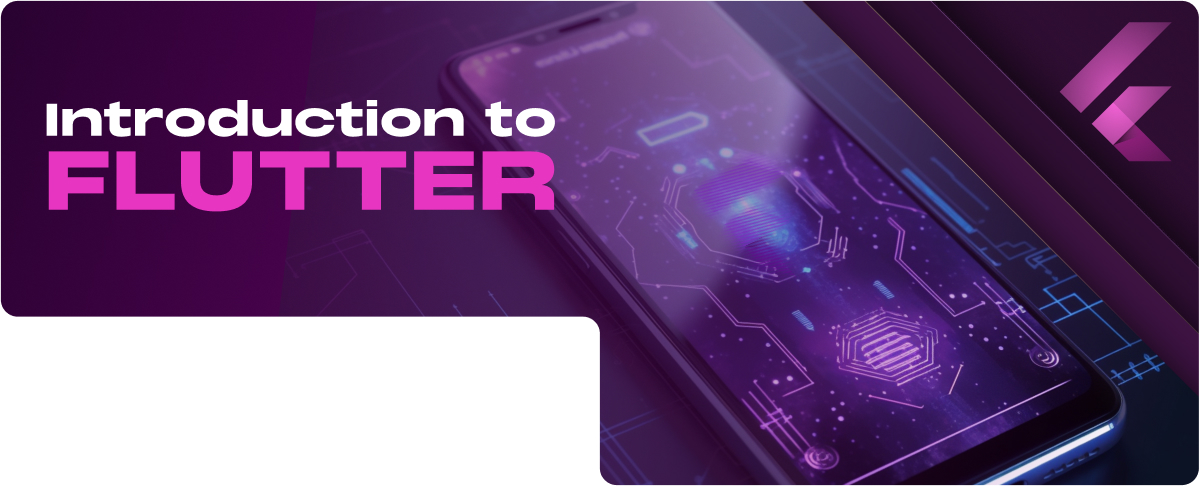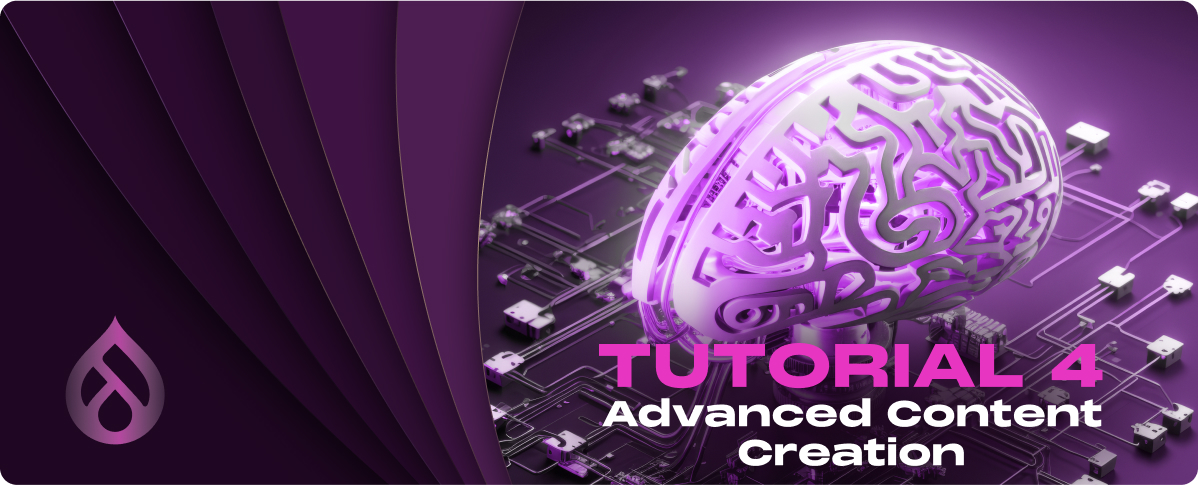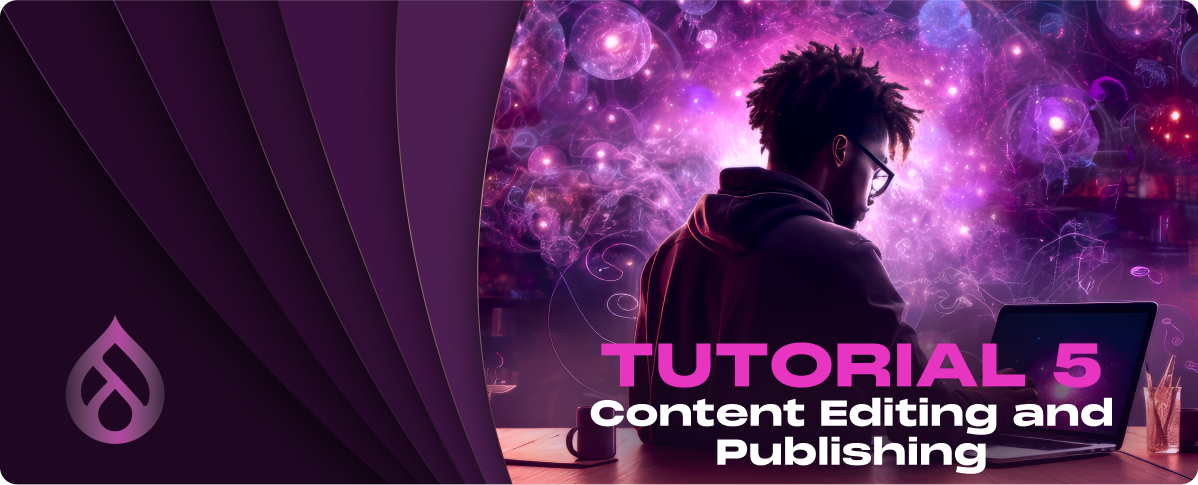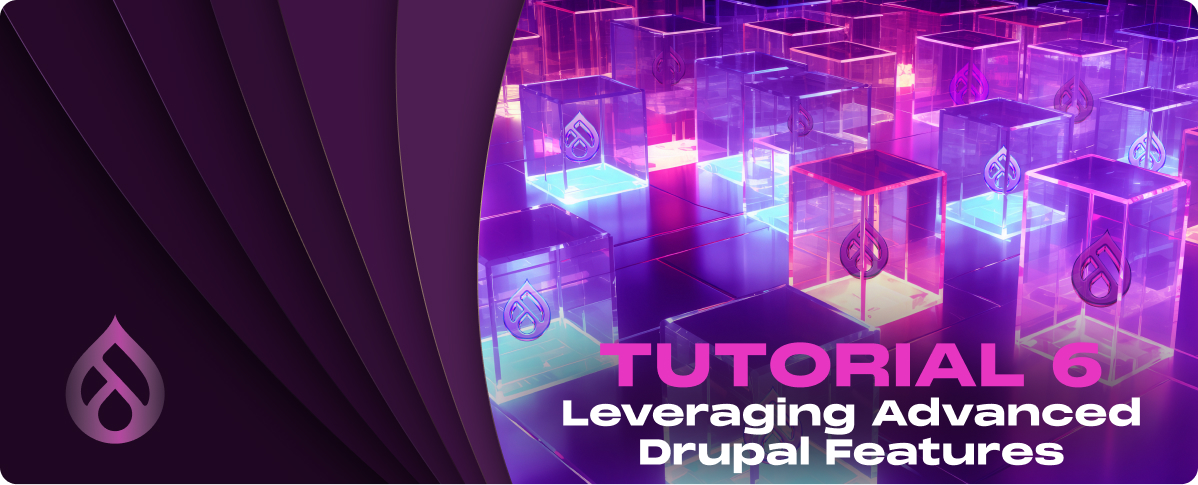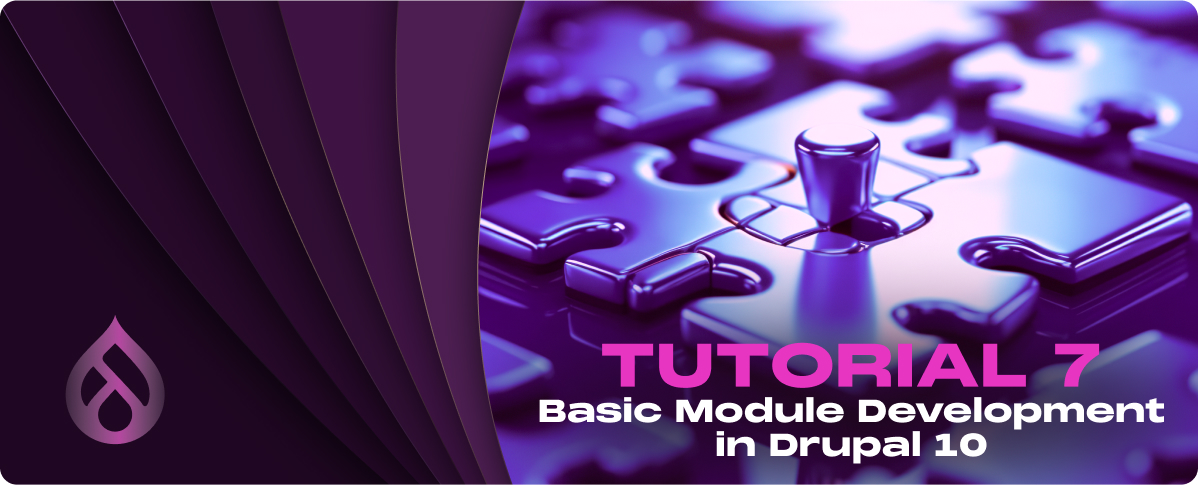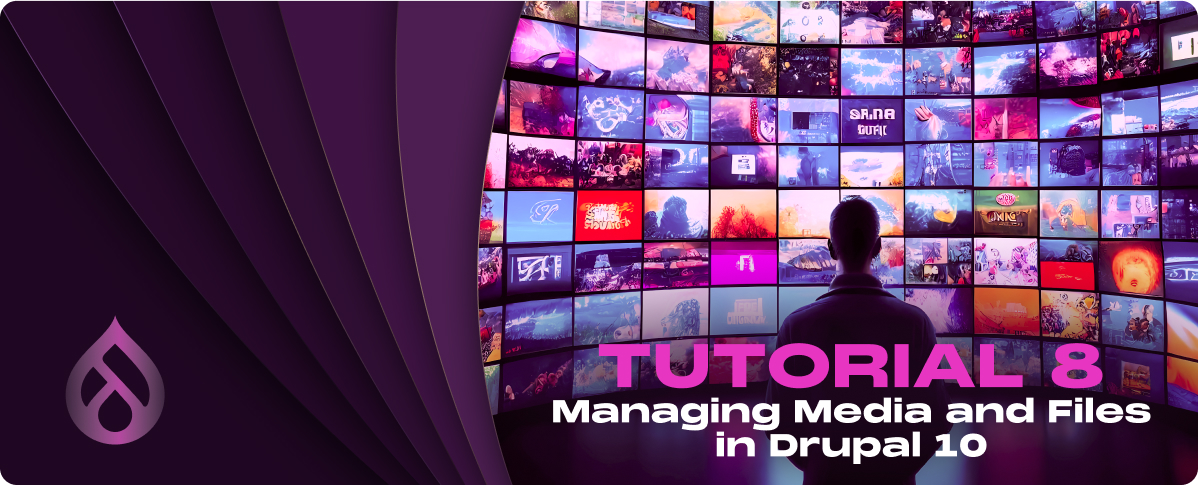What is Flutter?
Flutter is an open-source UI software development kit created by Google. It allows developers to build natively compiled mobile, web, and desktop applications from a single codebase. Flutter is known for its fast development cycles, expressive and flexible UI, and excellent performance.
History and Development by Google
Flutter was first introduced by Google in 2015 and has rapidly evolved into one of the most popular frameworks for app development. Its initial release was known as Sky, running on the Android operating system. Flutter’s development was driven by the need for an efficient and effective way to create high-performance, cross-platform mobile applications.
Google released Flutter 1.0, its first stable version, in December 2018. Since then, the framework has seen significant updates, including web and desktop application support, proving its versatility beyond mobile app development. The Flutter ecosystem has grown to include a rich set of widgets, tools, and plugins that support its use in various application development scenarios.
Flutter’s unique approach to UI design revolves around widgets, which are the building blocks of a Flutter app. These widgets help you create a user interface that is as expressive and dynamic as possible.
The framework is built on the Dart programming language developed by Google. Dart’s focus on front-end development makes it an ideal match for Flutter, providing a reactive framework that facilitates the creation of visually attractive and highly interactive applications.
Why Flutter?
Flutter offers a unique combination of features that cater to the needs of modern app developers, emphasizing efficiency, aesthetics, and community support. Let’s explore the reasons why Flutter is an excellent choice for beginners and experienced developers alike.
1. Cross-platform Development
One of the most compelling reasons to choose Flutter is its cross-platform development capability. With Flutter, you can write your application code once and deploy it on multiple platforms, including iOS, Android, web, and desktop.
This speeds up the development process, ensures consistency, and reduces the effort required to maintain and update the application for different platforms. Cross-platform development with Flutter means reaching a wider audience with less code, making it an efficient solution for app development.
2. Hot Reload Feature
Flutter’s hot reload feature is a game-changer for developers. It allows you to instantly see the changes made in the code in the app without needing to restart it. This feature significantly speeds up the development process by enabling quick experimentation, building UIs, adding features, and fixing bugs in real-time. Hot reload enhances developer productivity and makes the process of learning Flutter more interactive and enjoyable.
3. Rich Widget Library
Flutter comes with a comprehensive and rich set of pre-designed widgets that cover many needs for app development right out of the box. These widgets are highly customizable and can be easily adapted to create complex and beautiful user interfaces.
With the help of Flutter’s widget library, you can add text inputs, sliders, buttons, or scrolling lists. The ability to customize and extend these widgets allows developers to create unique and expressive UIs that stand out.
4. Community and Support
Flutter has a vibrant and growing community of developers. Since its release, it has garnered significant attention and support from individuals and companies around the world. The Flutter community contributes to the ecosystem by developing packages, tools, and plugins that extend Flutter’s capabilities.
Google’s commitment to Flutter’s development ensures that it remains cutting-edge and that developers can access the latest features and improvements. Whether you’re facing a technical challenge or looking for inspiration, the Flutter community is an invaluable resource.
Benefits of Using Flutter
Let’s explore the key benefits of using Flutter:
1. Cost Efficiency
Developing apps with Flutter can significantly reduce the cost associated with app development. Since Flutter allows for cross-platform development from a single codebase, you save on the resources and time required to develop, test, and manage separate apps for iOS and Android.
This unified approach accelerates the development process and simplifies the maintenance and updating of apps, further cutting down costs. For startups and businesses looking to develop apps on a budget, Flutter’s cost efficiency is a major advantage.
2. Consistent UI and Logic Across Platforms
Flutter ensures a consistent user interface (UI) and business logic across all platforms. Flutter eliminates the worry of UI inconsistencies or separate logic implementations for different platforms.
This is because Flutter uses its own rendering engine to draw widgets, making it independent of the platform. As a result, the app looks and feels the same on iOS, Android, web, or desktop, providing a unified experience to users regardless of the device.
3. Vibrant Community and Support
The Flutter community is an ever-growing ecosystem of passionate developers, contributors, and enthusiasts. This vibrant community offers extensive support through forums, social media, and other online platforms where developers share their knowledge, experiences, and solutions to common problems.
The availability of numerous packages and plugins developed by the community extends Flutter’s capabilities, making adding complex functionalities to your apps easier. The strong community support around Flutter helps solve development challenges and fosters learning and collaboration.
4. Ease of Learning
For beginners, Flutter is an accessible and straightforward framework to pick up. Its comprehensive documentation, tutorials, and learning resources make it easy for new developers to start building apps quickly.
The Dart programming language, used by Flutter, is easy to learn, especially for those with experience in object-oriented languages. The hot reload feature also makes the learning process more interactive, allowing beginners to see the results of their code changes immediately, enhancing their understanding of Flutter’s concepts and capabilities.
Use Cases
Flutter enables developers to build high-quality applications that cater to diverse needs from mobile to web, desktop, and even embedded devices.
Let’s explore some of the key use cases where Flutter shines.
1. Mobile Applications
Flutter was initially designed to provide a modern framework for mobile development. It excels in building visually appealing and performant iOS and Android apps from a single codebase.
Whether you’re creating a sophisticated e-commerce app, a lively social media platform, an engaging game, or a productivity tool, Flutter’s rich set of widgets and tools allows you to implement complex UIs and functionalities easily. Its ability to compile to native code ensures that apps run smoothly, providing a seamless user experience.
2. Web Applications
With the introduction of Flutter for the Web, developers can now use the same codebase to deploy their apps as web applications. This capability significantly simplifies the development process for projects that require both mobile and web presence.
Flutter’s web support is optimized for high performance and visual consistency, ensuring that your web app looks and feels like your mobile app, providing a unified experience across platforms.
3. Desktop Applications
Flutter extends its cross-platform development capabilities to Windows, macOS, and Linux desktop applications. This means you can create desktop apps with the same Flutter code used for mobile and web applications.
The ability to build desktop apps with Flutter opens up opportunities for developing more complex, resource-intensive applications that benefit from desktop computers’ computing power, storage, and screen size.
4. Embedded Devices
Although still an emerging area for Flutter, its potential for use in embedded device applications is significant. Flutter’s efficient performance and customizable UI capabilities make it suitable for embedded systems with graphical interfaces, such as smart home devices, in-car infotainment systems, and wearables.
As Flutter continues to evolve, its application in the embedded devices domain is expected to grow, offering developers a unified framework for building apps across various platforms and devices.
Real-World Examples of Flutter Apps
1. Google Ads
The Google Ads app is one of the most prominent examples of Flutter in action. It is designed to help users manage their ad campaigns on the go, the app leverages Flutter’s capabilities to deliver a smooth and intuitive user experience across both iOS and Android platforms. With features like campaign statistics, real-time alerts, and suggestions for improving ad performance, the Google Ads app demonstrates Flutter’s ability to handle complex data visualization and user interactions efficiently.
2. Alibaba
One of the world’s largest e-commerce platforms, Alibaba utilized Flutter to create its Xianyu app, catering to millions of users. By choosing Flutter, Alibaba managed to enhance its app development process, achieving a consistent look and feel across different platforms while maintaining high performance.
The success of Xianyu showcases Flutter’s scalability and its suitability for building large-scale e-commerce applications that require robust features and an engaging user interface.
3. Reflectly
Reflectly is a personal journal and mindfulness app that uses artificial intelligence to help users navigate their thoughts and feelings. Built with Flutter, Reflectly offers a beautifully designed, highly interactive experience that leverages advanced UI elements and animations to engage users. The app’s smooth performance and visually appealing design highlight Flutter’s capabilities in creating apps that are not only functional but also aesthetically pleasing.








































